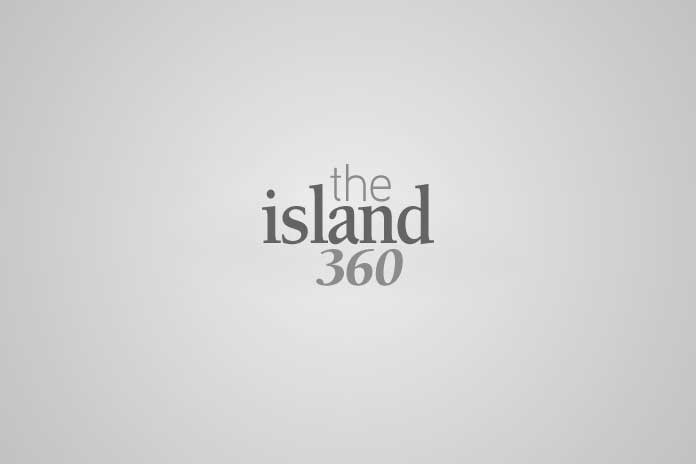
By Jennifer Wilson Pines
Last month I attended the semi-annual Audubon NY Chapter Council meeting held up in Saratoga Springs, featuring two speakers who provided a wealth of information on bird collision.
Dr. Benjamin Van Doren is a Presidential Postdoctoral Fellow at Cornell Lab of Ornithology in Ithaca. He has focused on using big data to understand how climate change, light pollution and human-dominated landscapes impact migrating birds. He is working to develop networks using citizen science, remote sensing and other sources to forecast when “lights out” nights will be most beneficial.
Van Doren discussed how spring migration takes place between March and June with the peak in late April and early May. Over 5 billion birds are on the move during that time, but numbers per night will vary enormously depending on weather and wind conditions. Some 80% of migration takes place at night and radar data shows that 50% of migration takes place on only 10-15 nights of this period.
Turning out lights on those peak nights would have a significant impact on lowering migration mortality. These dates will change from year to year. Migration along the Atlantic Flyway to the Northeast was relatively quiet this year due to weeks of north winds and cold weather, while the Central Flyway was white hot with waves of birds.
Van Doren and Kyle Horten have built an online tool, Birdcast.info, hosted by Cornell that predicts migration patterns and density, which can allow homeowners and building managers to turn out lights on high migration density nights.
Connie Sanchez, the Bird Friendly Building coordinator for National Audubon, had some surprising statistics. While most of us generally think building collisions involve urban skyscrapers, facts prove otherwise. About 44% of collisions are on one-to-three story buildings, 55% of strikes are on buildings with four to 11 stories and only 1% hit buildings 12 stories and taller. Homes and low-rise suburban buildings account for a huge number of bird deaths. This includes daytime collisions caused by birds seeing reflections of sky and shrubbery and thinking the window is flyable space.
Van Doren cited over 40 years of statistics from the McCormick Center in Chicago, a low- rise (three story) convention center on the Chicago waterfront, like the Javits Center in New York City. For the first 20 years, lights were on all the time at night. In 1999 that was changed to random windows lit and bird strike numbers plummeted. Clear evidence was mounting that it was the lit windows attracting birds as there was a direct correlation between the windows with lighting and birds found under that specific area.
Certain bird species are overrepresented in collision statistics. Sparrows, finches and warblers account for greater numbers of deaths. Weather factors also play a role; low cloud ceiling nights see higher incidences of strikes as the light pollution spread reaches a greater area. Why birds are attracted to light at night, like moths, is still a mystery that ornithologists are trying to solve.
Building strike statistics can now be gathered via an online platform created by New York City Audubon, dBird.org. Since 1997 NYC Audubon has monitored collisions in the city with volunteers collecting birds from around buildings early in the morning for their Project Safe Flight program. In 2014, NYC Audubon launched dBird.org as a new tool. An online crowd-sourced data collection tool, dBird.org provides a way for the public to report incidents of dead and injured birds.
In 2020, dBird.org was updated and expanded as part of Seattle Audubon’s Bird-safe Cities program. Now Audubon chapters and other organizations across North America can use dBird.org to report and manage bird mortality data within their own regions to gain a truly national picture of bird mortality from collision.
While much of the focus is on larger buildings, simply turning out outdoor lights and lights in unused rooms during peak migration is an easy way to prevent migration collision. For daytime collisions, breaking up reflections with UV stickers that birds can see but are fairly invisible to our eyes is the best. Patterned blinds or shades, screens and scrims all break up reflections.
Place bird feeders correctly—very close within four feet of windows—so a startled bird doesn’t build up enough speed to injure themselves or far away from the building (20-30 feet) so they have time to deflect. A little attention on the part of each of us will go a long way to creating a safer passage for birds on their migration journey.






